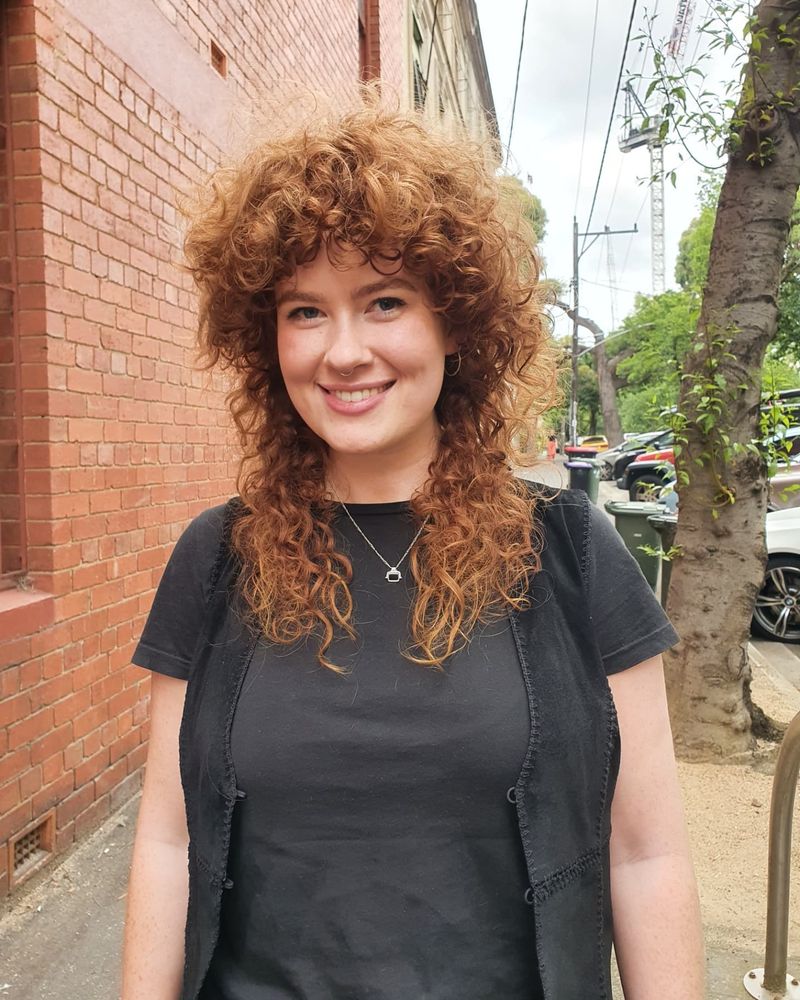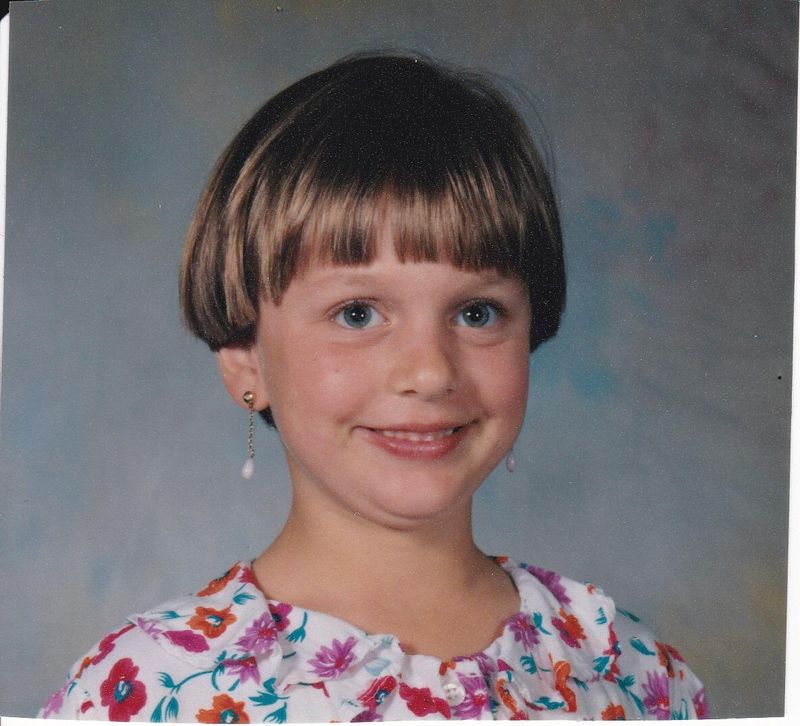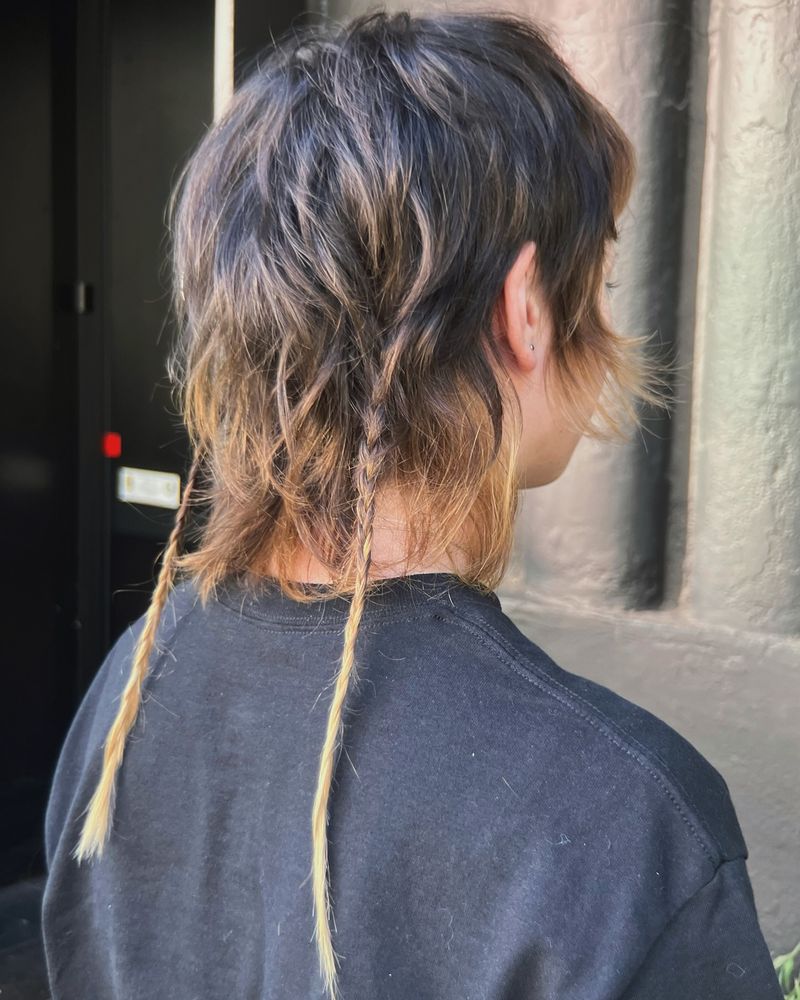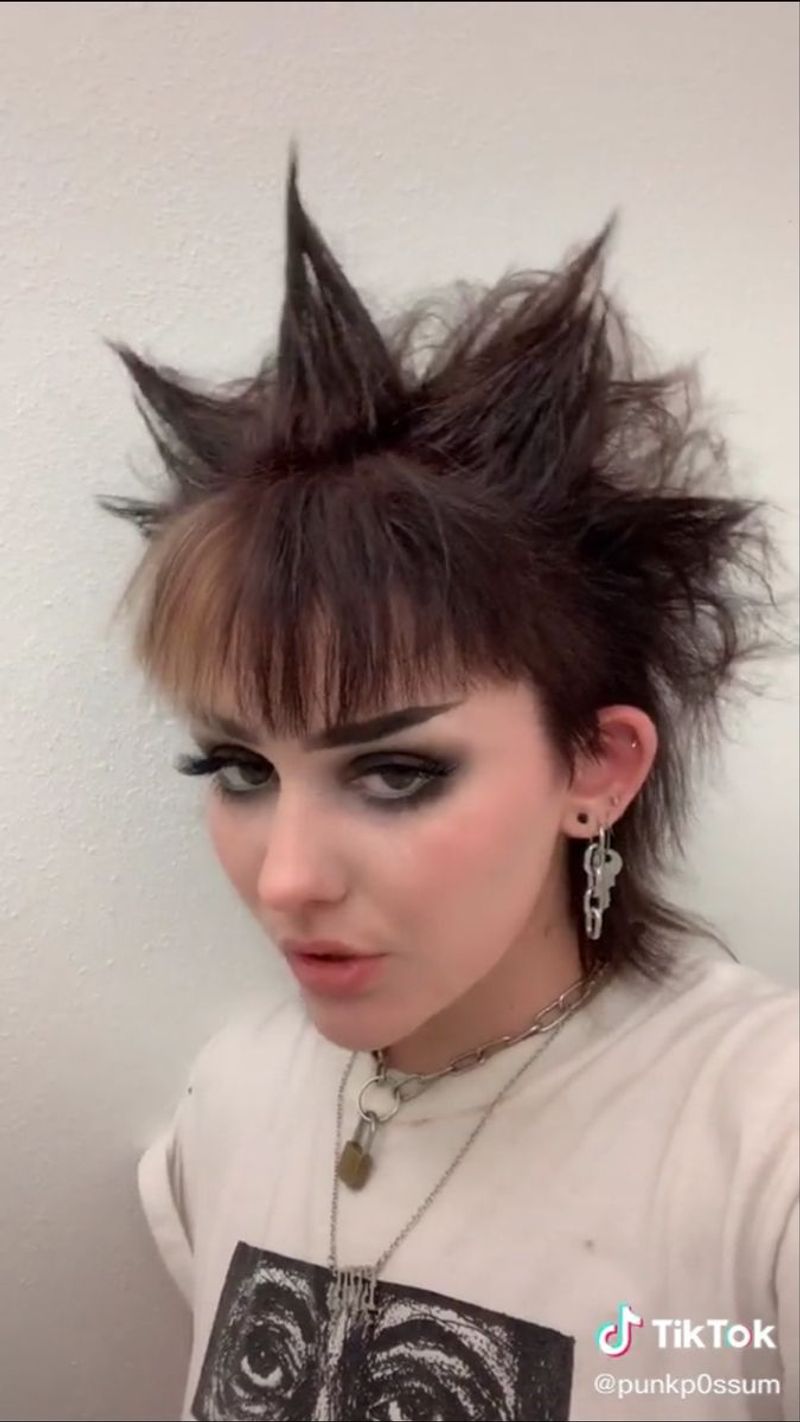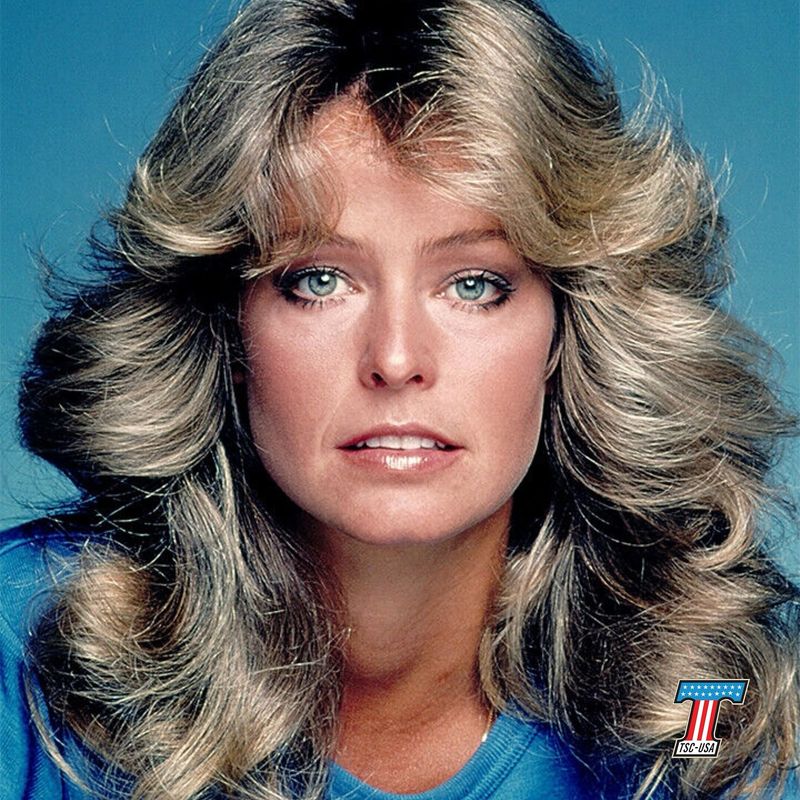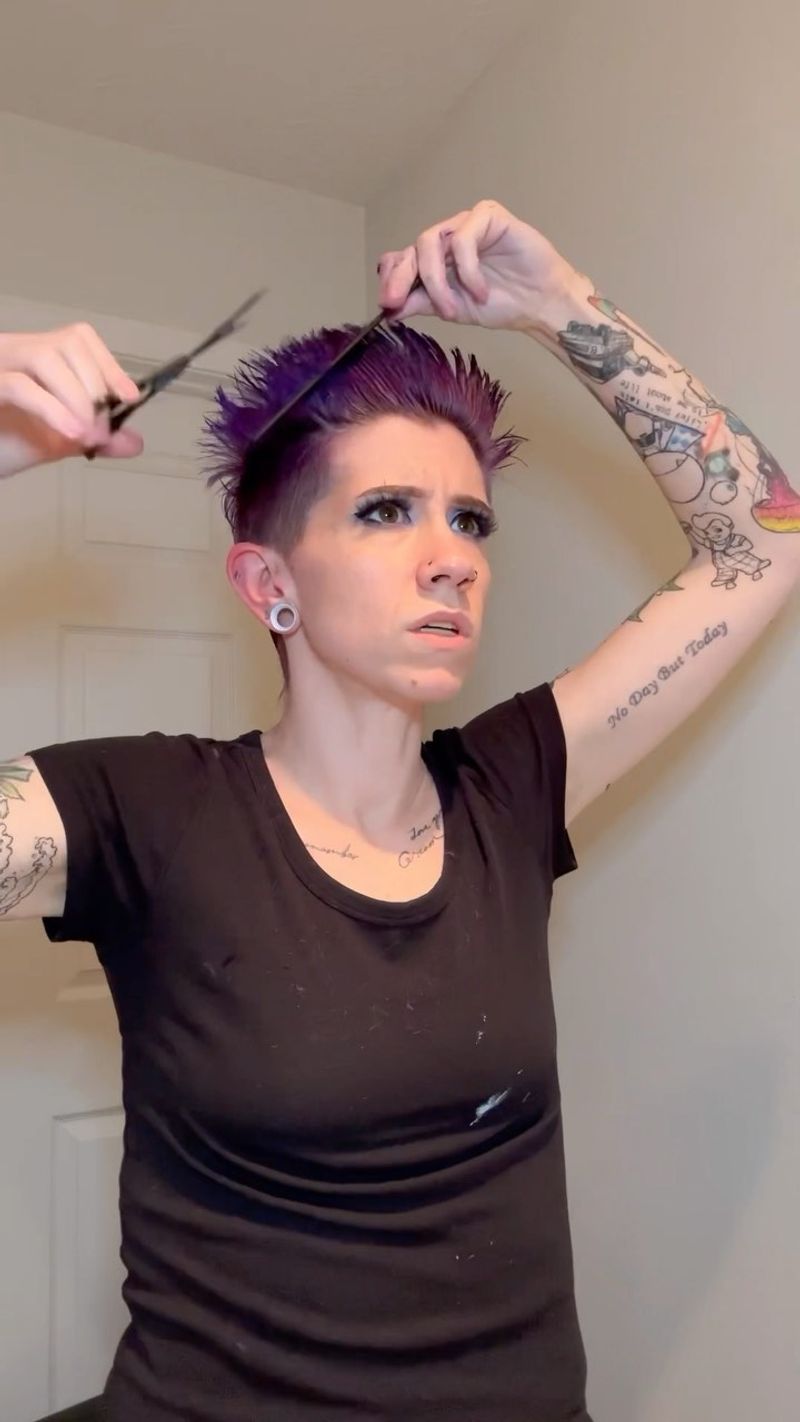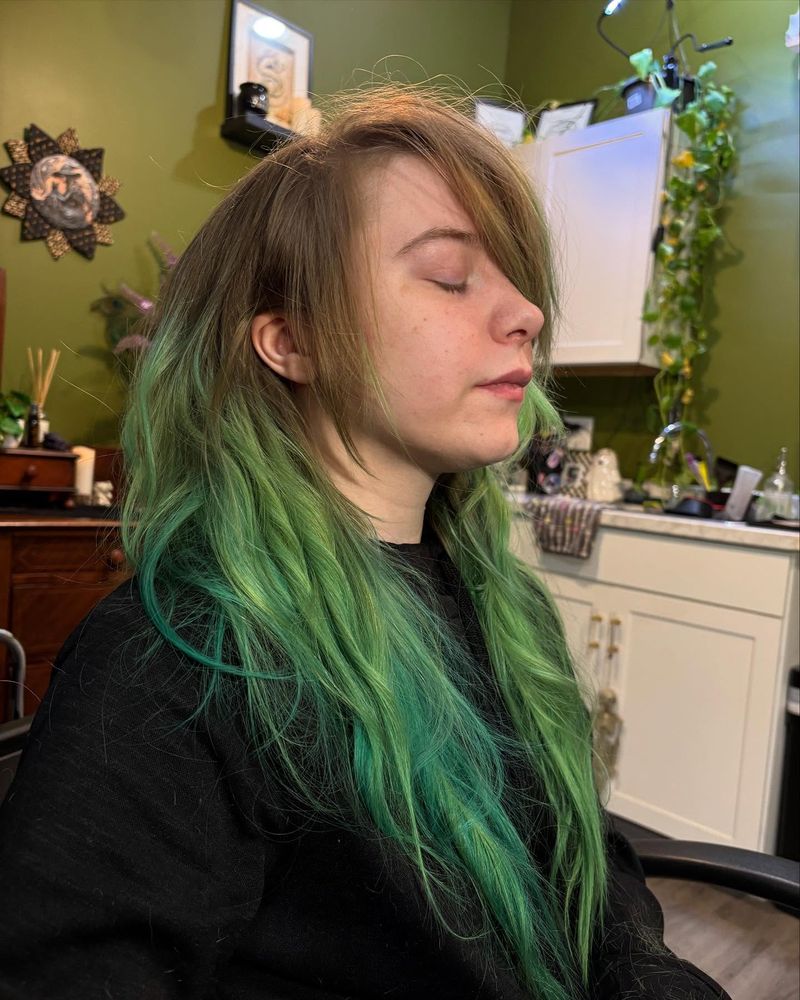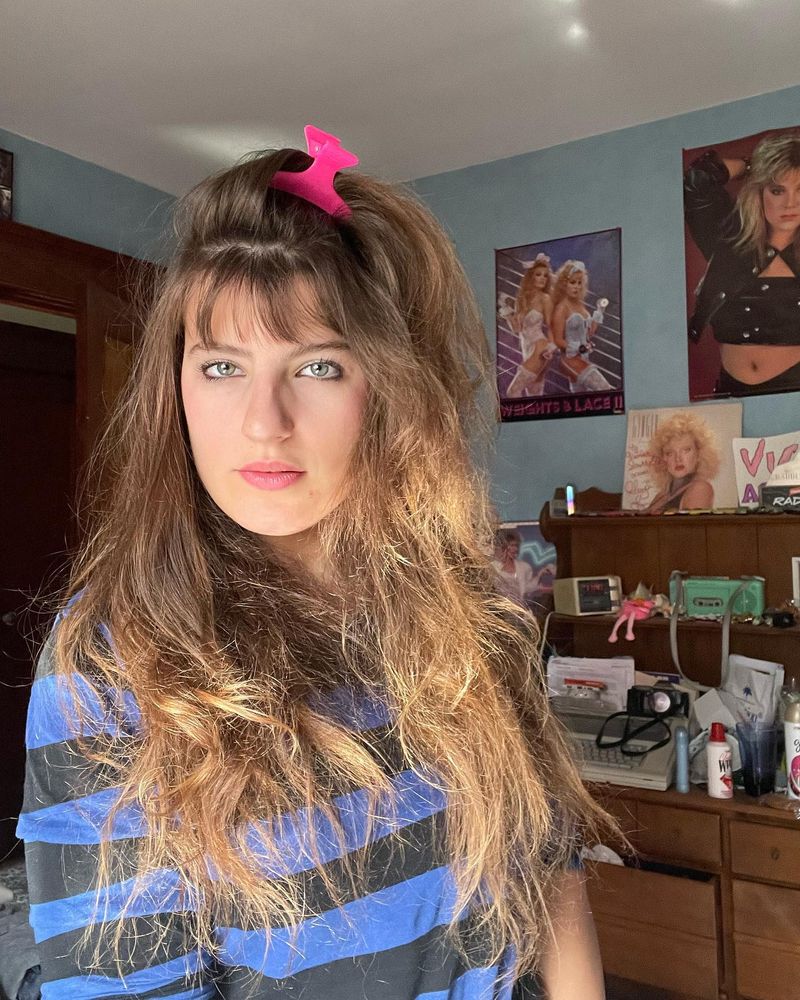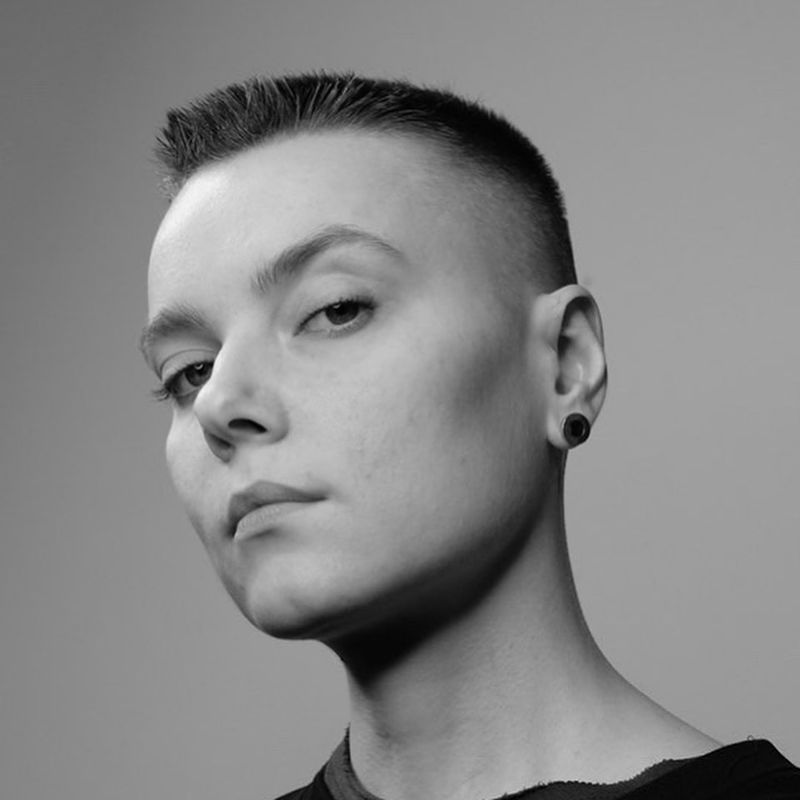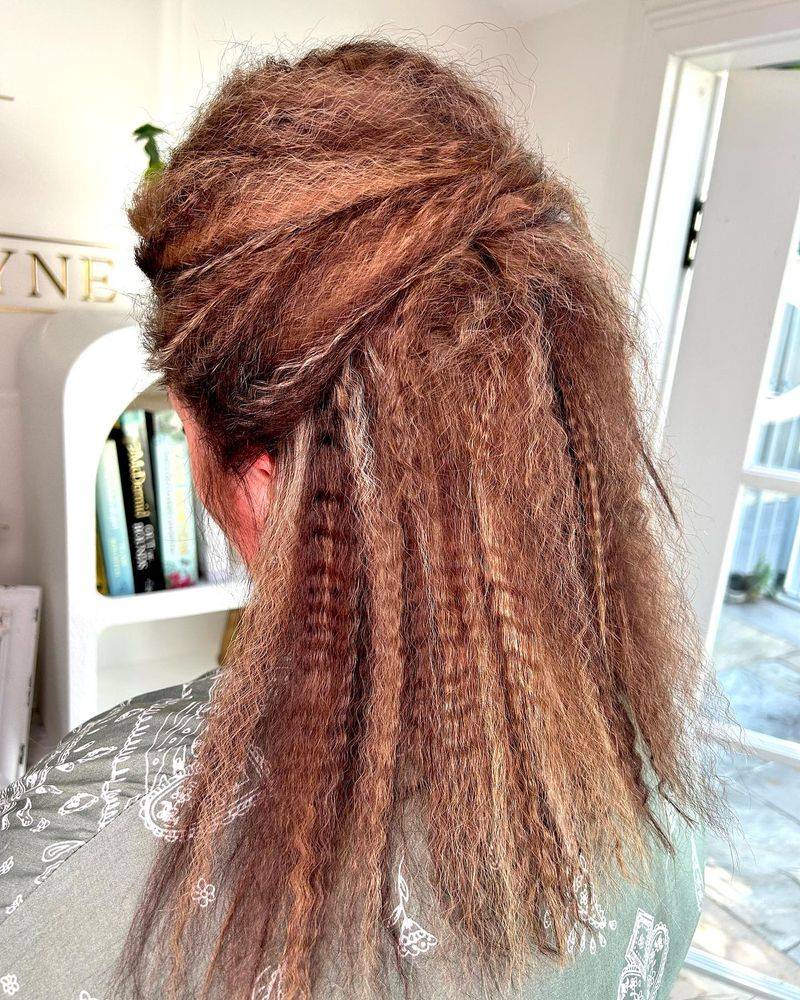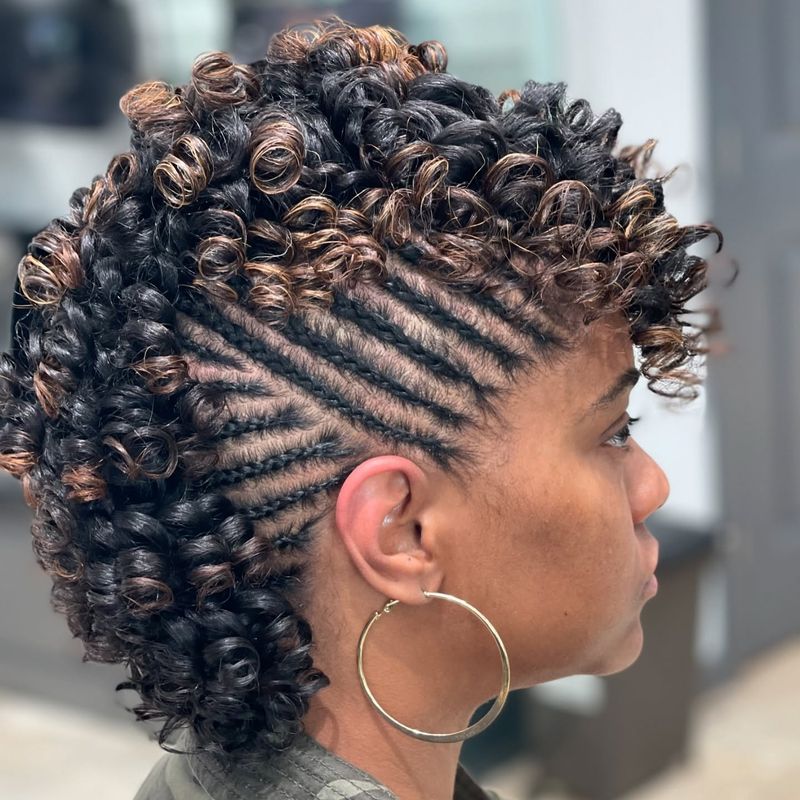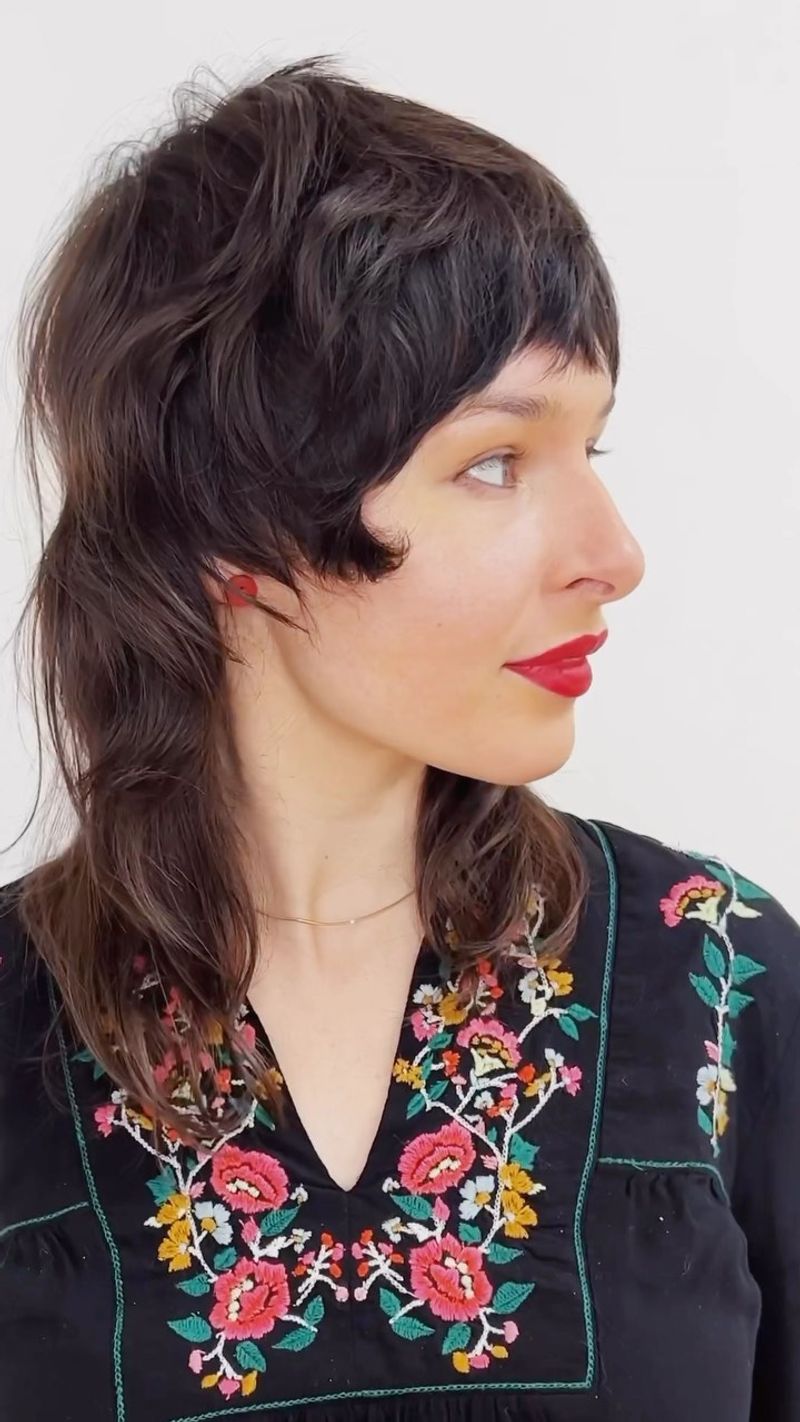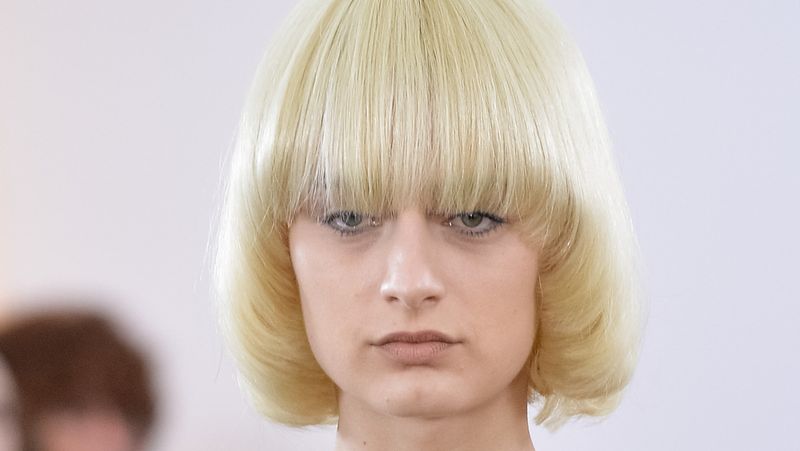There’s a magical time when certain haircuts take center stage, defining fashion and culture. But as times change, so do trends, leaving once-cool styles in the past. Let’s explore 15 such haircuts that were once all the rage but have since fallen out of favor. From mullets to bowl cuts, these styles tell stories of their own eras.
1. The Mullet
Ah, the mullet! Once the epitome of ‘business in the front, party in the back,’ this hairstyle ruled the 1980s. With its short front and flowing back, it was both iconic and rebellious. But today, it’s more of a novelty act, symbolizing a bygone era of rock stars and daring fashion statements. Despite its decline, the mullet’s quirky appeal never truly fades.
2. Bowl Cut
The bowl cut was a staple of the ’90s, especially for kids. This rounded haircut, reminiscent of an actual bowl placed on the head, was easy for parents to manage. Its uniformity and simplicity were once practical but now seem overly simplistic in today’s diverse hairstyling world. It’s a nostalgic reminder of simpler times.
Related: -14 Empowering Pixie Styles for Women Over 40 Who Own Their Look
3. Rat Tail
The rat tail, an unusual style with a single long strand at the back, was bold in the ’80s. It added a touch of rebellious flair, contrasting with otherwise short hair. However, contemporary views find this style less appealing, often seen as an odd remnant of past fashion statements. Its unique charm remains a conversation starter, though.
4. Liberty Spikes
Liberty spikes, towering and defiant, were the punk rockers’ statement of the ’70s. These stiff spikes required patience and lots of gel to maintain. Although less common today, they still evoke an era of anti-establishment attitudes and creative self-expression. Few styles scream rebellion quite like this one.
5. Feathered Hair
Feathered hair, with its soft, layered look, was the epitome of elegance in the ’70s. Inspired by Farrah Fawcett, it offered volume and movement. Times have changed, and the style feels outdated, yet its allure still captivates those who appreciate vintage glamor. Feathered hair embodied freedom and carefree spirit.
6. Frosted Tips
Frosted tips were the cool kid’s choice in the late ’90s and early 2000s. Hair was spiked up with bleached ends, giving an edgy, playful look. Once a symbol of youthful rebellion, it’s now a nostalgic nod to pop culture. Though frosted tips have mostly faded, they hold a place in the hearts of those who lived through the era.
7. Buzz Cut with Design
The buzz cut with design was an urban favorite, showcasing creativity through shaved patterns. While it provided a canvas for expression, today’s styles favor more subtlety. The intricate designs might have faded, but they represented artistry and personal flair, leaving an indelible mark on hair fashion history.
8. The Emo Fringe
The emo fringe was a signature look of the early 2000s emo scene. With long, side-swept bangs covering one eye, it was as much a fashion statement as it was a symbol of the angst and emotion tied to the music of the era. It was the hairstyle of choice for those who wanted to express their individuality and depth. As the emo music scene waned, so too did the popularity of the emo fringe.
9. Perm
Perms defined the ’80s, transforming straight hair into a voluminous spectacle. Though the trend has waned, the perm’s dramatic flair is missed by some. It offered boldness and texture, marking a decade of big hair and bigger personalities. Perms were adventurous, embodying a spirit of change.
10. Flat Top
The flat top, with its precise, elevated surface, was a ’90s icon. Its geometric shape brought a futuristic feel that resonated with hip-hop culture. A rare sight today, it captured an era of bold experimentation and artistic expression. Flat tops were statement pieces, demanding attention and admiration.
11. Crimped Hair
Crimped hair, with its zig-zag waves, was a playful trend of the early 2000s. It added texture and a touch of whimsy, perfect for youthful exuberance. While the style has largely faded, its quirky charm occasionally resurfaces in nostalgic revivals. Crimped hair offered fun and uniqueness to its wearers.
12. Mohawk
The mohawk, towering and dramatic, became a symbol of punk rebellion in the ’80s. Its sharp edges and vibrant colors declared independence from norms. Though less common today, the mohawk’s boldness still inspires those who dare to stand out. Its spirit of defiance remains influential.
13. The Fauxhawk
The fauxhawk, a nod to the edgy mohawk, was a staple of early 2000s rebellion. This style allowed individuals to channel their inner rock star while maintaining a professional appearance during the week. However, as fashion evolved, the fauxhawk began to lose its edgy appeal. It’s now more associated with a certain nostalgic charm rather than cutting-edge style.
14. Shaggy Layers
Shaggy layers, messy yet stylish, defined ’70s rock ‘n’ roll. Their carefree appearance was both rebellious and chic. Though tidier looks are favored today, shaggy layers remain a symbol of musical freedom and artistic individuality. They celebrated a life lived without constraints.
15. Pageboy
The pageboy cut, sleek with a slight curve under, was a ’60s mod favorite. Effortlessly chic, it offered a clean silhouette that aligned with contemporary fashion. Although rare now, its classic elegance is admired by vintage enthusiasts. The pageboy cut embodied sophistication and simplicity.


